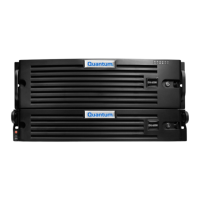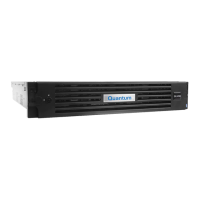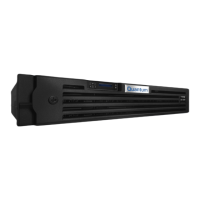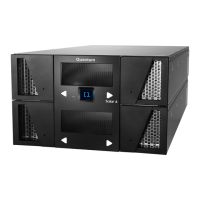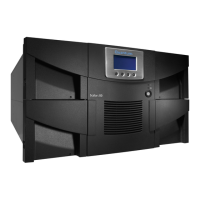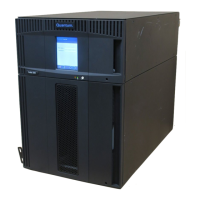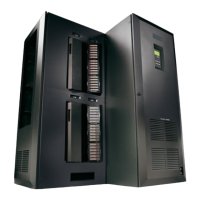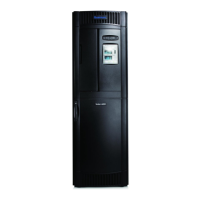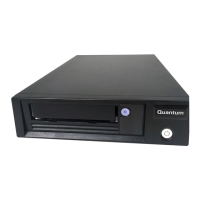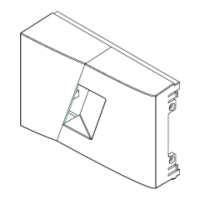Chapter 6: Replication
Receive NAS
Quantum DXi6900 User’s Guide 150
Note:If you previously remapped your backup application to a recovered share on the target system,
after you failback the share, you must remap your backup application again to point to the source
system.
DeletingaSnapshot
Delete a snapshot if it is no longer needed. After you delete a snapshot, it can no longer be used to recover
or failback a NAS share.
Note:You cannot delete a snapshot if a failback operation is in progress for the snapshot. Wait for the
failback operation to complete, or abort the operation (see ).
To delete a snapshot:
1. Do one of the following actions:
l Onthesourcesystem,disablereplicationfortheshareassociatedwiththesnapshot(see
EnablingReplicationForaShareorPartitiononpage140).
l On the target system, delete the source system associated with the snapshot from the list of allowed
replication sources (see Deleting a Replication Source on page 2768).
2. On the target system, select a snapshot in the SnapshotsList and click Delete.
Note:If you delete the last snapshot for a partition while replication for the partition (to this target)
is still enabled, any replicated data not yet protected by a replicated share is not deleted. To delete
this data, on the source system, disable replication for the partition before deleting the last
snapshot.
3. Click Yes to confirm the action.
Recovery Jobs
The RecoveryJobs page allows you to view information about snapshot recover operations that were
previously completed.
To access the RecoveryJobs page, on the ReceiveNAS page, click the RecoveryJobs tab (see Figure
91 on the next page).
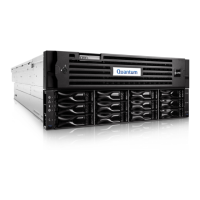
